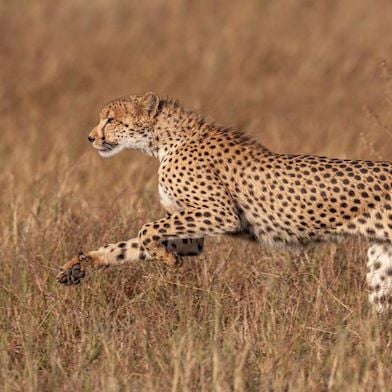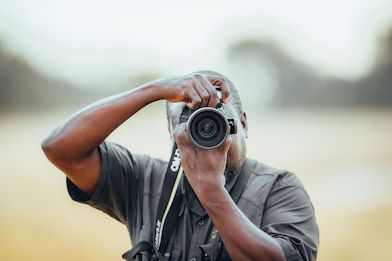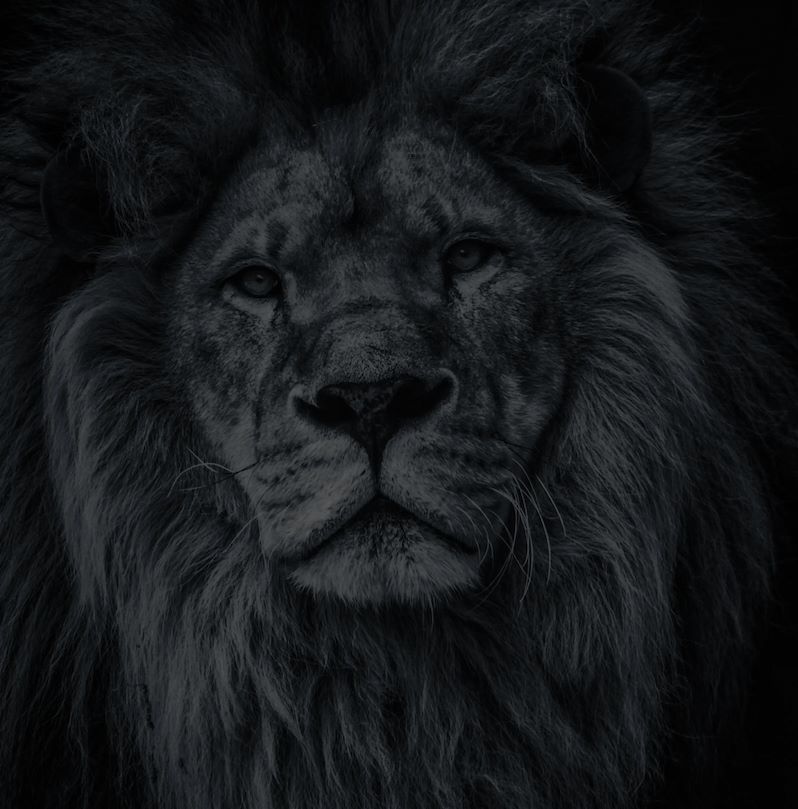Recently Wilderness Mombo Manager Megan Van Der Merwe started to take an interest in photography. Although she’d never used a DSLR before and had very basic photographic knowledge, with a few tips from our more experienced photographic guides, she quickly learned her way around a camera and more about how to improve her images. If you’re a budding photographer like Megan, keep reading to find out more about how to take great images on safari.
All DSLR cameras have a number of pre-set modes that really help with beginners like me, and here are the ones that I really liked.
- P – Program mode: this is probably the most widely used mode I make use of, the reason being that the camera does just about everything automatically for you (except for a few critical bits, which I came to learn through using the camera). The camera will automatically set the ISO, White balance and f-stop, but it allows me as the operator to choose my exposure and focus points. I literally point and shoot and it produces the most incredible quality photos.
- Custom modes: I like to capture birds in flight and a custom mode is fantastic if you are learning to shoot them, or just want a really fast frame rate. I recommend pre-setting your camera to shoot at a frame rate of up to 60fps. This will make it very easy to choose which picture you want, and never missing that bird taking off or a beat of the wings in flight.
- Live composite: I had heard the guides talking about this feature on the camera I had and wow was I impressed! Although only available on certain cameras, it is incredible for astrophotography. Now remember I had never heard of aperture or f-stop, never mind astrophotography, until I picked up the camera a few weeks ago. This mode takes a baseline exposed picture and then any new highlights are added to the screen live. So, it is fantastic for things like star trails, light painting and night photography – especially for beginners, it is very simple to use.
- It’s also important to consider the compatibility, durability, the weatherproof characteristics and sheer size and weight of the camera you plan to use on safari. You’ll want something that is lightweight and that can perform well in a dusty environment.
- I like to photograph insects and if you’re like me you’ll want a camera that can deliver good quality and detail. This means investing in good lenses so that when you zoom in, your image does not lose picture quality.
As I am still at the beginner’s stage of photography, and am learning every day – and thoroughly enjoying every second that I get to use the camera. I hope you enjoy the 20 images I like the most …

Little bee-eater, Merops pusillus, is the world’s smallest bee-eater and a common resident in the Okavango Delta; they nest in holes dug into banks or old aardvark burrow ceilings.

Studies suggest that animals yawn in anticipation of stimulation rather than as a result of boredom.

With their long legs and necks, large eyes, enviable eyelashes, striking coat patterns, ambling gait and calm demeanour, these creatures are both weird and wonderful.

Darker, fuller manes indicate a healthy lion with plenty of testosterone. Black manes are perhaps the most telling status-symbol; manes darken with age, and thick dark hair indicates a well-fed lion.

As the waters of the Okavango Delta arrived, the elephants were seen frolicking in delight

Like the human tongue, the trunk is a muscular hydrostat – a boneless structure that allows for its excellent manoeuvrability

Characterized by large dish-like ears and grey-black markings, the bat-eared fox lives mainly in open savannah and grassy deserts
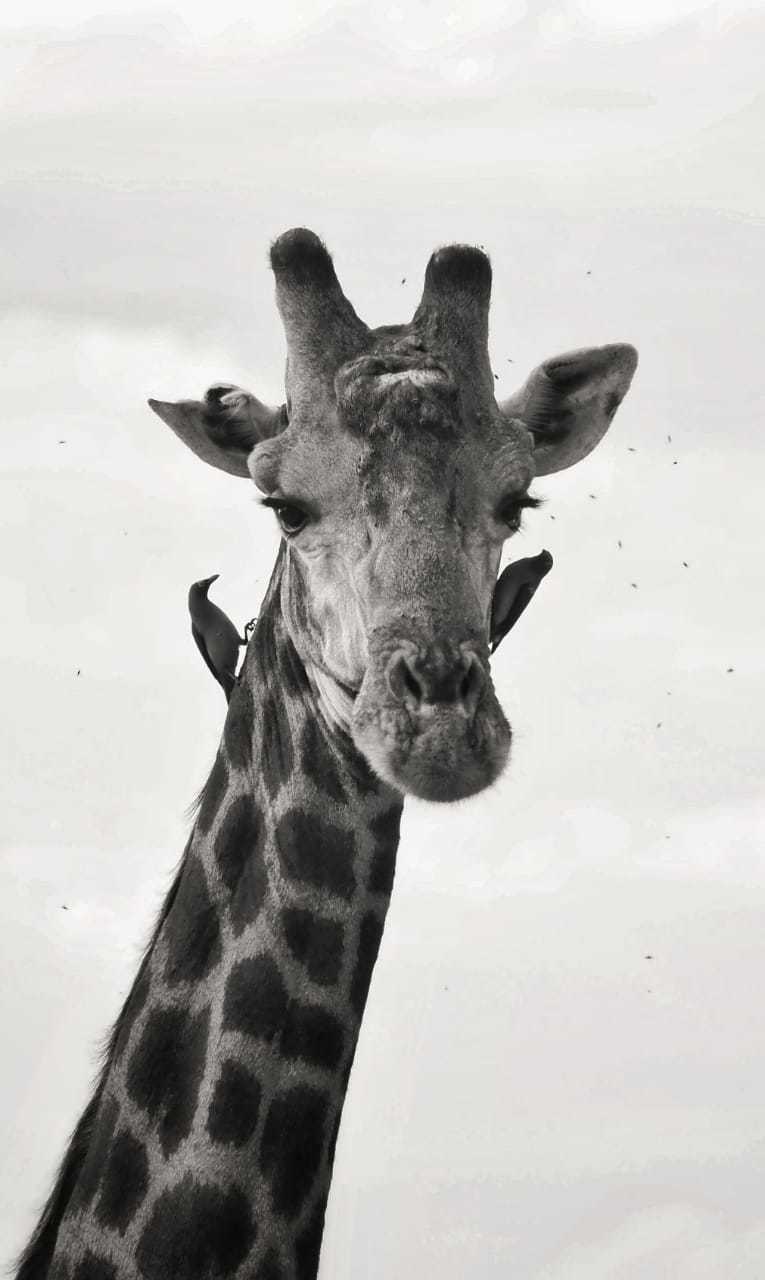
The relationship that the red-billed oxpecker has with giraffe is called mutualism. This bird eats mainly ticks but may also eat blood-sucking flies, fleas and lice off the host animal. Both animals benefit from this because the giraffe is getting rid of parasites that could harm it.

With the arrival of the inundation, wetland vegetation grows and many animals begin to concentrate in the vast floodplains

Macro photography is extreme close-up photography, usually of very small subjects and living organisms like insects, in which the size of the subject in the photograph is greater than life-size

The Motsumi Pack of African wild dogs have been seen recently near Letaka Pan, a short three-minute drive from Mombo Camp

The praying mantis naturally attracts attention, its beautiful colour and graceful form commanding us to look and wonder

Mating season is an incredible time of year in the bush, hearing the roaring and deep growls of rutting impala males, as they chase each other around and fight for access to females

Lion cubs are born with blue eyes that change to amber or brown around the age of two to three months

The camera’s P mode has excellent zoom capabilities, as well as a stabilising feature that is very handy
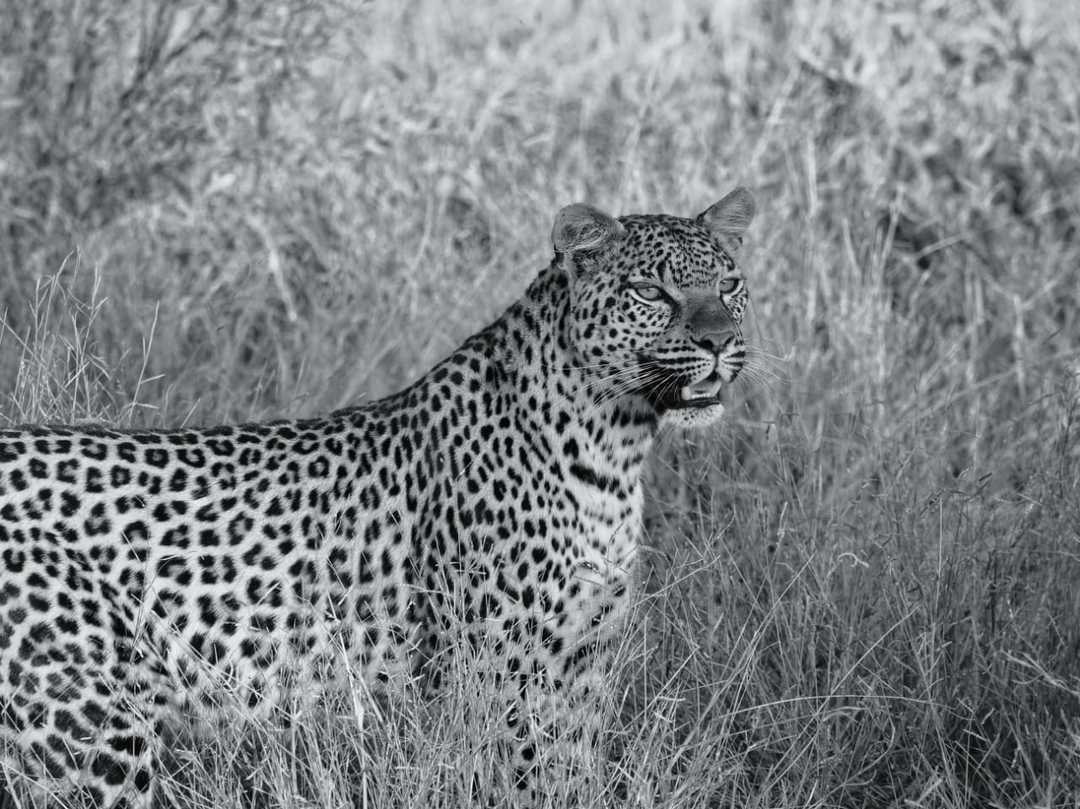
Leopards have a proud history at Mombo

Did you know that Africa’s lion population has almost halved in the past 25 years? Read more about the important work of the Lion Recovery Fund.

Hyaenas are famous for their scavenging abilities, but the spotted hyena is a strong hunter too

Most people visit Botswana to experience the pristine wilderness, and the Nile crocodile is always an attraction

The names terrapin, turtle, and tortoise can cause confusion. Turtles are sea chelonians, tortoises are land chelonians, and terrapins are freshwater chelonians that spend some time on land.

